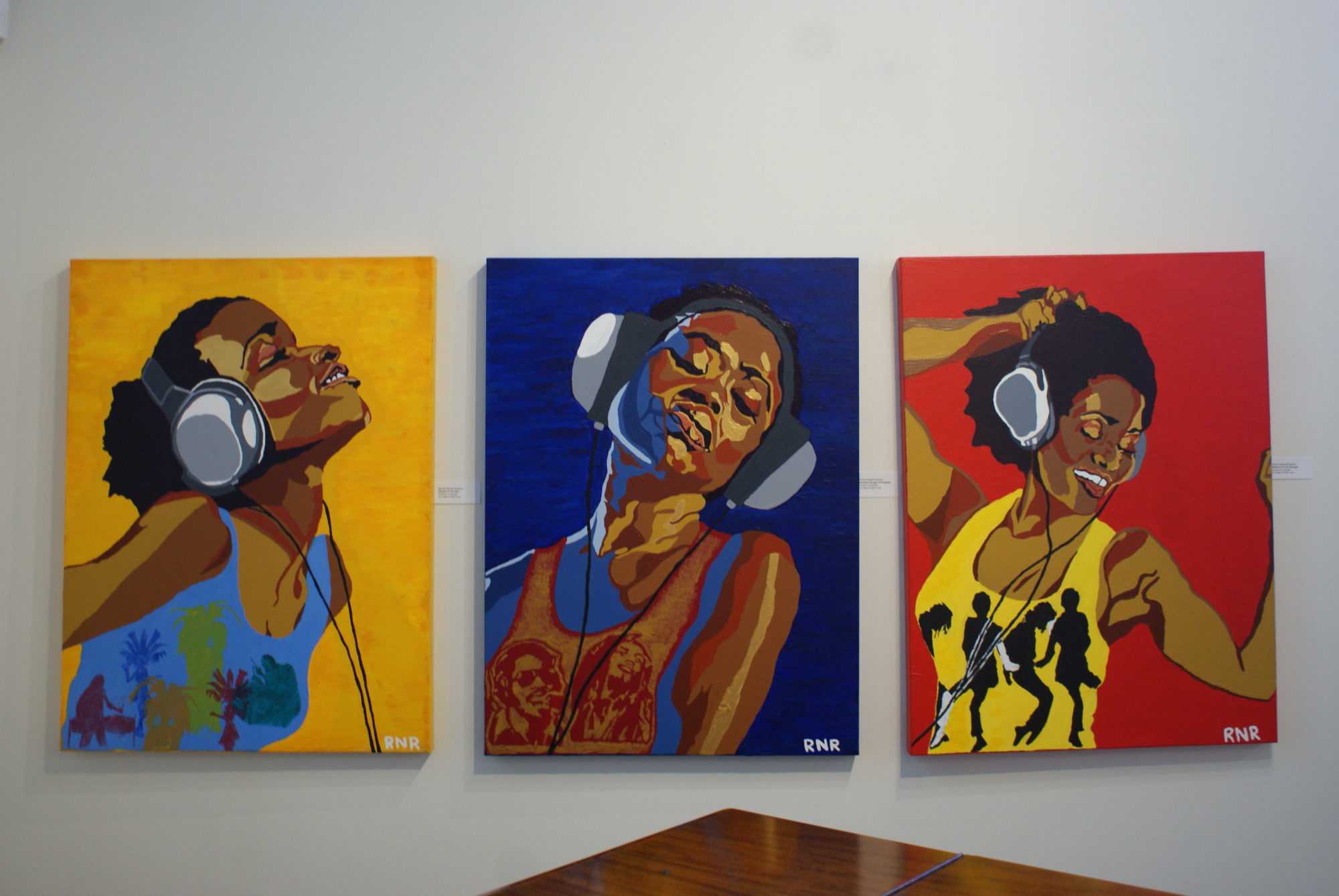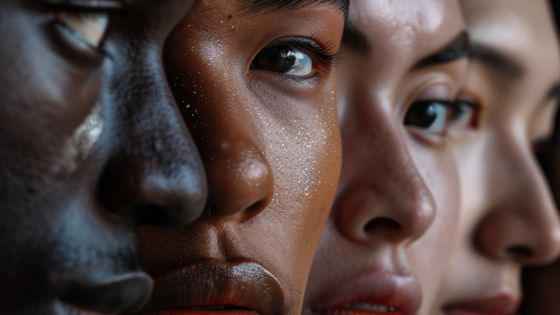on
BY SIMONE J. SMITH
I received an email from a gentleman named Ian Grant (who I have now learned is a brilliant photographer) inviting me to come and visit an art exhibition that was happening in Georgetown, Ontario. What I am learning day by day is that our Canadian Black History is rich with knowledge and opportunities for personal growth, and this knowledge can only be obtained by stepping outside one’s norms of learning, and trying something new. On Friday, September 27th, I did just that when I took the hour-long drive into Georgetown to visit the Halton Emancipation Art Exhibition that was being put on by the Halton Black History Awareness Society.
Dennis Scott, Chair (Cultural Integrator), and a team of committed community developers have joined together to promote documented and newly revealed history about our collective roots. They have discovered that there is something exciting, educational, and inspirational about knowing how Africans found their way into the country, and were able to establish communities all across Ontario.
For years, artists have been using their work to tell stories. Images can be used to represent moments in a story, as well as illustrate well-known historical, religious, legendary, or mythic stories. The magical thing about art is that an artist can actually invent their own stories, leaving the viewer to imagine what the narrative could possibly be, and stretch their imaginations past comprehension. This is exactly what I experienced when I arrived at the Nelson Gallery at 9 Church Street. As I walked through the small, yet powerful exhibition, I was given a lesson on how stories can be told visually, and how these very talented artists used: colours, lines, gestures, composition, and symbolism to tell a story of African history.
I would like to take this moment to introduce the artists who contributed, and present to you the compelling way each artist told their stories:
- Nicole Alexander: I was first introduced to Nicole Alexander’s work through her calendars. I was drawn to how Nicole used paint, acrylic, and watercolour to reflect a unique Caribbean vibe in her work. She has a way of putting her main protagonist at the centre of her work, and inserting obvious emotions, events and themes for the viewer to discover.
- Joan Butterfield: Joan has been a practicing artist for over 30 years and has produced and sold over 8,000 works of art that can be found in both private and corporate collections across the USA and Canada. Joan has a way of leaving clues that helps the viewer understand the complete story and message, but she leaves it up to the reader to pull it all together.
- Anna-Maria Dickson: “Child of the Tropics,” Anna-Maria was born with a creative soul on the lovely island of St. Vincent. Her artwork has a way of existing in the moment, suspended, almost like the action is taking place in a continuous loop, which can bring drama to the scene that is created.
- Georgia Fullerton: Georgia’s artistic style is different because she works with people’s energies. She is a: professional visual artist, expressive art therapist, and public speaker. Her work is a juxtaposition of melancholy and playful perception, which creates a sense of ambiguity.
- Ian Grant: Born in Grenada, but not limited in his travels, Ian has a collection of naturalist photographs that brings the world right to the viewer. He has had the privilege of travelling to and capturing images in: Brazil, Italy, Aruba, Yugoslavia, Azores, Grenada, and Honolulu. As a self-taught photographer, Ian uses compositional tricks and light and shade to emphasis elements of his photos.
- Jennylynd James: Originally from Trinidad and Tobago, Jennylynd is an: artist, writer, vocalist, and food scientist. She started painting while living in Ireland, and she has a remarkable way of creating atmosphere and emotion within her illustrations.
- Sheryl Keen: Sheryl is also a child prodigy who enjoys exploring the internal struggles that take place within a person that can lead to outward change. She has learned in her time that it is important to challenge yourself with different perspectives.
- Katrina Lindo: Katrina’s work really stood out to me because she has truly discovered how to express her emotions in her artwork. Her motivation to create comes from what she sees taking place in society, and she uses the right ingredients to help unfold the symbolism in her work.
- Rachel Natalie Rawlins: Born in Montreal to Trinidadian parents, Rachel’s love for drawing and painting people comes from her passion to capture: personalities, attitudes and emotions. Her art is heavily influenced by music, and this is seen in her work. “Songs have colours and patterns, that influences the colours and tones I use in my work.”
What can I say; we are a very talented people, and our contribution to the art world will be marked in history forever. The exhibit is open until October 13th, so if you can, take a little trip and explore our history in colour.
Stay in the loop with exclusive news, stories, and insights—delivered straight to your inbox. No fluff, just real content that matters. Sign up today!
We, as humans are guaranteed certain things in life: stressors, taxes, bills and death are the first thoughts that pop to mind. It is not uncommon that many people find a hard time dealing with these daily life stressors, and at times will find themselves losing control over their lives. Simone Jennifer Smith’s great passion is using the gifts that have been given to her, to help educate her clients on how to live meaningful lives. The Hear to Help Team consists of powerfully motivated individuals, who like Simone, see that there is a need in this world; a need for real connection. As the founder and Director of Hear 2 Help, Simone leads a team that goes out into the community day to day, servicing families with their educational, legal and mental health needs.Her dedication shows in her Toronto Caribbean newspaper articles, and in her role as a host on the TCN TV Network.













